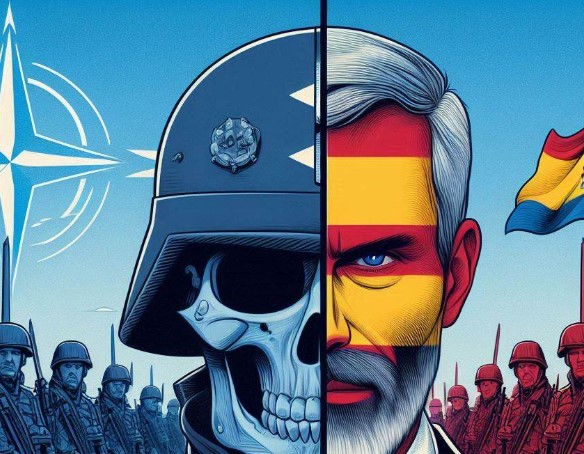The Spanish government is advancing its plans to increase defense spending, but despite a significant rise of approximately 5.5 billion euros compared to the previous year, the ambitious target of 2% of Gross Domestic Product (GDP) by the end of the year will likely remain elusive. This is revealed in a recent report by the Independent Authority for Fiscal Responsibility (AIReF), which meticulously details the budget execution. The government aims to further increase spending by 10.471 billion euros by the end of 2025 to approach the NATO target.
Significant Increase in Military Expenditures and Modernization Programs
The AIReF report indicates a remarkable increase in two key areas. Firstly, budget allocations for defense policy directly rose from 14.153 billion to 16.161 billion euros, representing a 2 billion euro increase. Additionally, expenditure execution increased by 300 million euros compared to the previous year.
The larger portion of the increase, 3.5 billion euros, is attributed to the Special Modernization Programs (PEM) of the Ministry of Industry. These programs are crucial for acquiring military equipment like combat vehicles, upgrading existing systems, and investing in technological development. The government has announced plans to initiate 31 new PEMs. AIReF has noted that the Ministry of Industry’s budget allocations for these policies have grown from 1.601 billion euros last year to an impressive 5.148 billion euros.
Challenges and Transparency Deficits
Despite the substantial increase in budget allocations, AIReF warns of a slow implementation of expenditures, with only 41 million euros committed so far. When combining defense and industry (PEMs) items, the total volume amounts to 19.309 billion euros.
However, AIReF is critical of the lack of transparency regarding the allocation of these increases to the government’s specific defense plan. It is deemed “difficult” to assess the extent to which these budget increases are directly part of the announced defense initiative. The fiscal authority suggests that the increases might also reflect other factors such as catch-up effects after two consecutive budget extensions and “insufficient allocation” in previous years.
Discrepancies in Forecasts and Funding Concerns
Given the lack of detailed information, AIReF has developed its own spending forecasts. They estimate the impact of defense spending on national accounts in 2025 at 1.1% of GDP, two-tenths lower than the European Commission’s estimates. Although this figure represents a “significant” increase in outlays by three to four tenths of GDP compared to the previous year, a “high degree of uncertainty” remains, dependent on the final volume of military deliveries.
The discrepancy between AIReF’s 1.1% and the government’s 2% is largely explained by different estimation methodologies. While AIReF considers the impact on the public deficit, the executive’s calculations use the NATO methodology, which includes other budget items. According to the government’s own defense plan, defense spending in 2024 is estimated at 1.43 percent of GDP, and this is expected to be sufficient to increase outlays by 10.471 billion euros.
According to Prime Minister Pedro Sánchez, the financing for these additional expenditures will come from savings due to good economic dynamics, the reallocation of unspent European funds from the recovery plan, and other reallocations of unspent items. The government promises that this will happen without tax increases, without cuts to the welfare state, and without causing a larger public deficit. However, AIReF has repeatedly pointed out that the execution of previously excluded budget items will indeed impact the deficit and debt.




